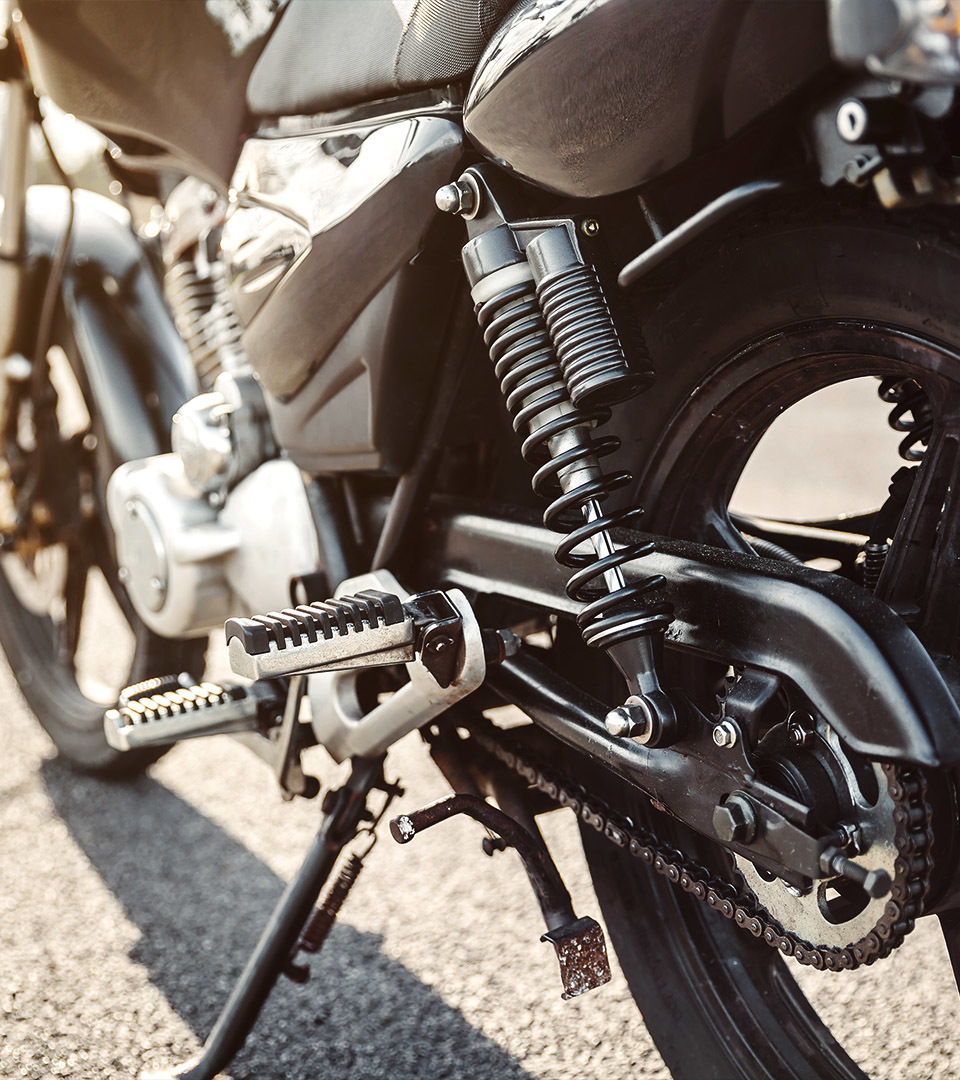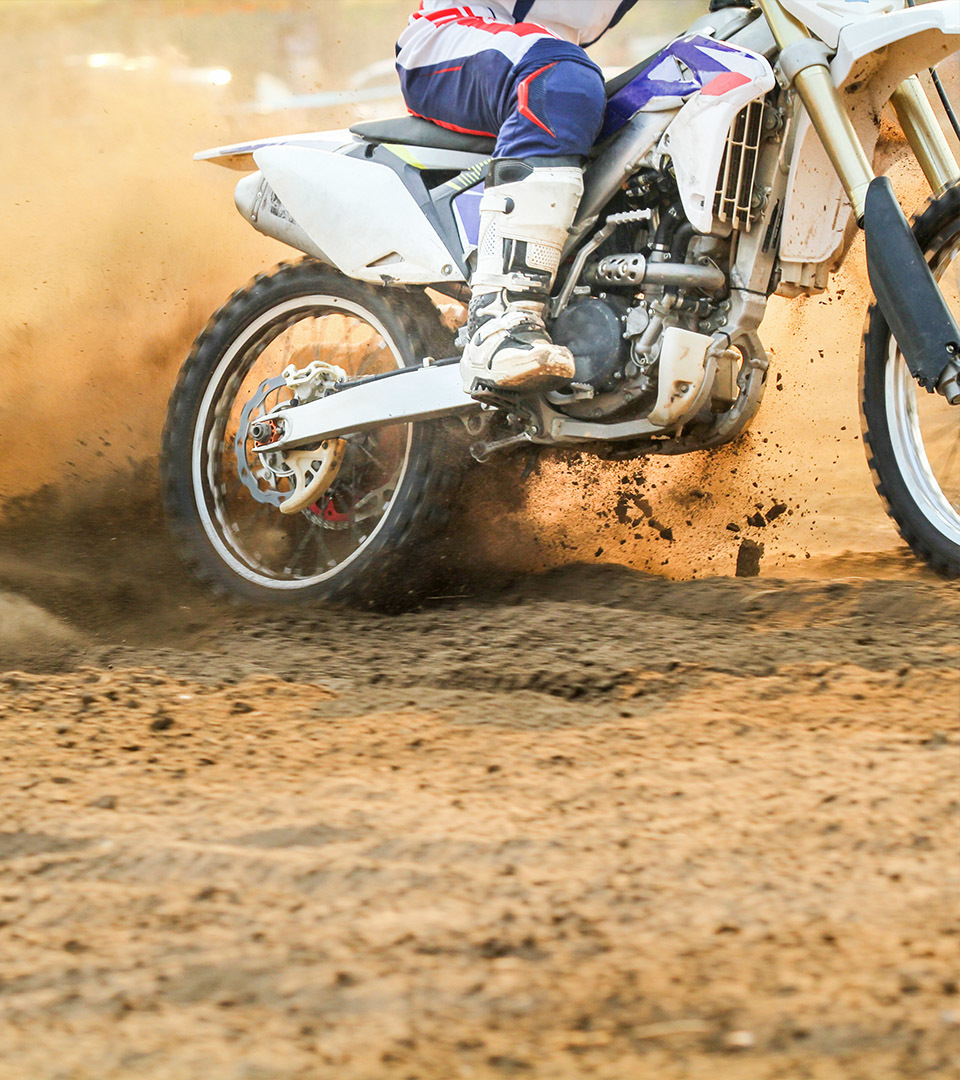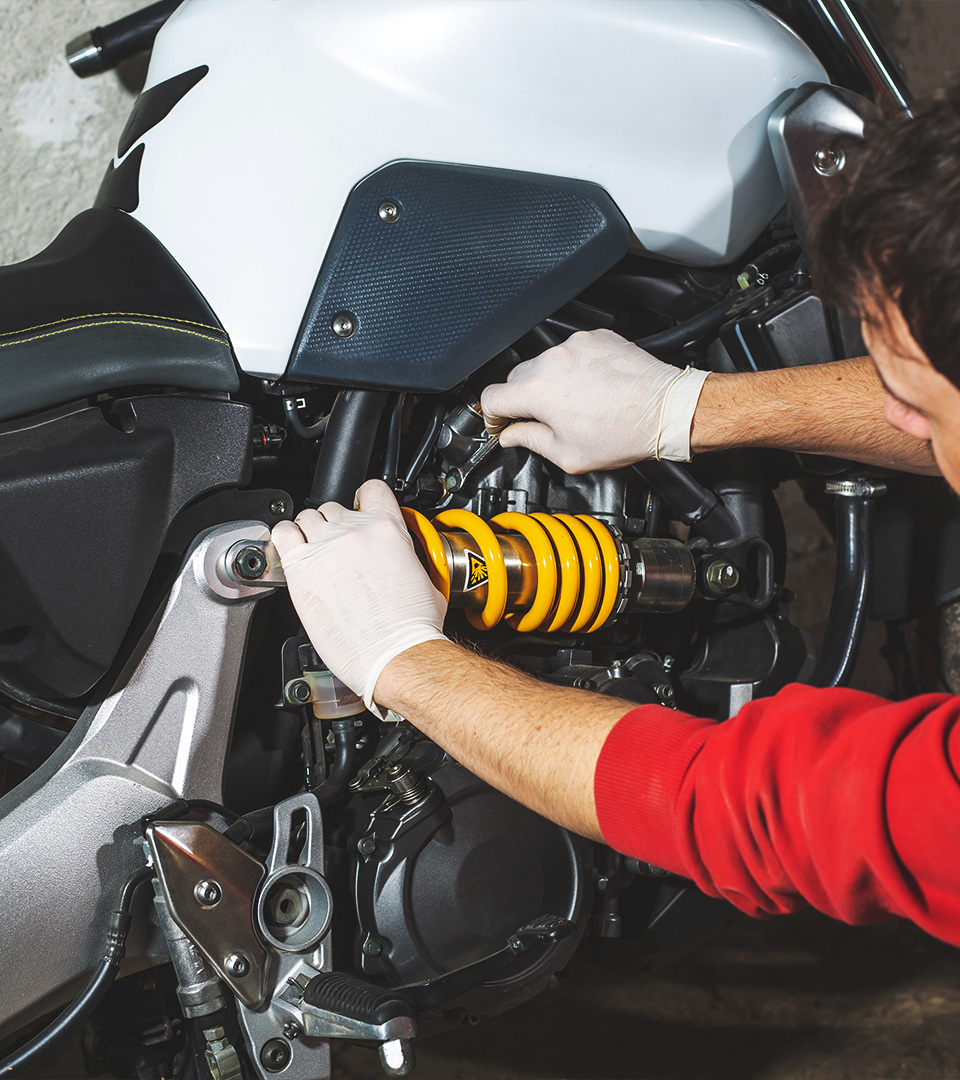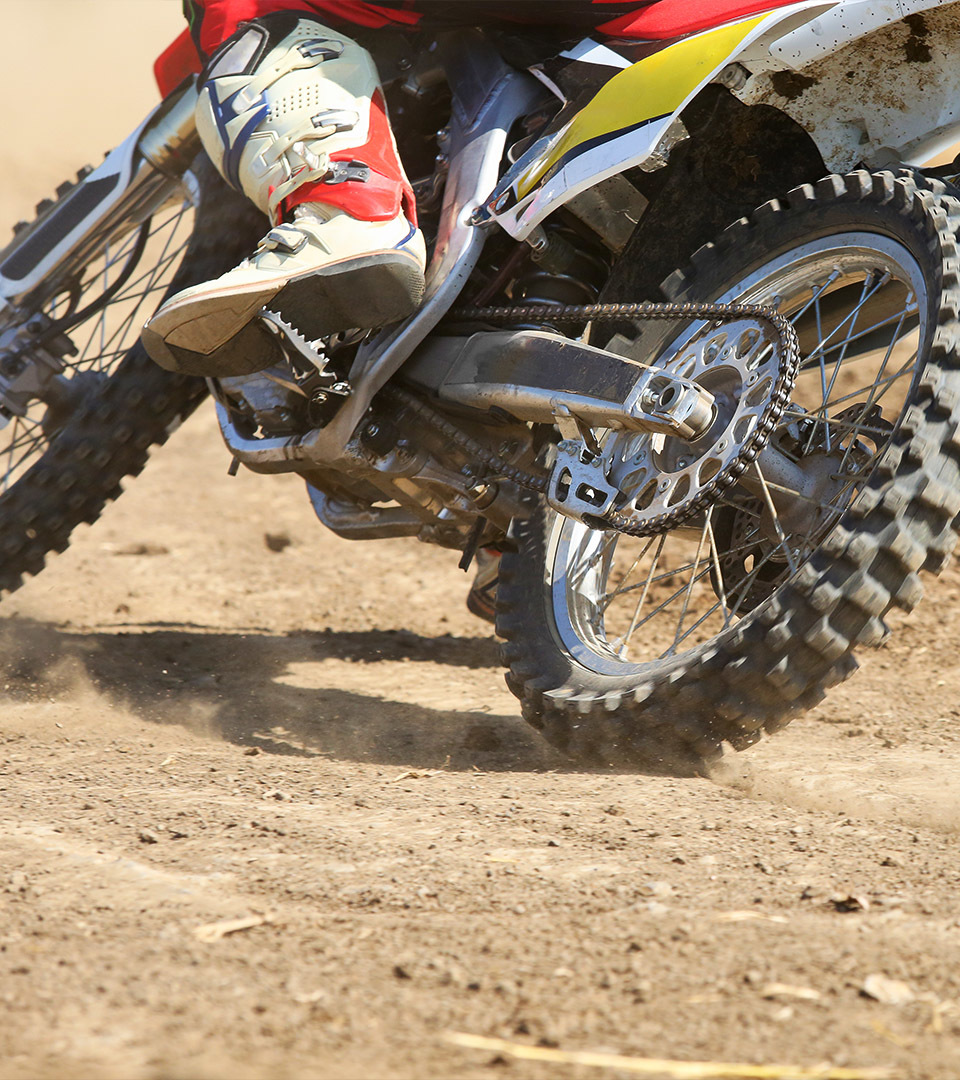12
2021
-
11
How to adjust the shock absorber of the motorcycle to achieve the best control effect?
Have you bought a motorcycle that has been rated as the top by various magazines, media and videos, but after riding it in person, you feel very ordinary?
Maybe you have heard someone say about the importance and various benefits of adjusting the suspension of a motorcycle, but you can't help but ask: "How do you adjust the suspension of a motorcycle? It sounds so difficult, can I complete such a complicated thing by myself?"
Let's talk about it first: the benefits of adjusting the motorcycle suspension
On our motorcycles, there are two suspension components: one is located in the front wheel, usually called the front fork; the other is in the rear wheel, usually called the rear shock.
Like a car, suspension has two of the most important functions that we know: everyone knows that the rugged terrain brings vibration to the car body, and the suspension makes the ride more comfortable; at the same time, it keeps the tires in contact with the ground to ensure that the tires are on the ground. Power output.
But unlike cars, the suspension of motorcycles will also greatly affect the handling and turning stability of motorcycles. Of course, the settings of the car suspension will also have an impact on the steering, but as long as it is comfortable enough, we usually do not require too much of a family car.
Suspension is generally composed of two parts: spring and damper
The spring is the main part of the suspension. This spring is like the spring we usually use in a ballpoint pen, but it is much stronger. The spring absorbs the impact of the ground through the elastic member and ensures the contact between the tire and the ground; the damper is a device used to control the tightness and resilience of the spring.
A damper is like a pump full of oil. The speed at which the air pump moves up and down depends on the size of the through hole and the viscosity of the oil. All cars have springs and dampers. The springs are hidden on the front fork, while the rear shock absorbers expose the springs.
The suspension on the front and rear wheels works separately and can respond separately according to the road conditions and riding style.
Preparations for suspension adjustment:
Find the user manual of the original factory. This booklet includes:
1 What you can regulate;
2 Adjust the position of the front and rear suspension screws and knobs on the car;
3 Suspension settings recommend by the manufacturer (if you are using a modified suspension like Ohlins, you need to contact the manufacturer to obtain data recommend suspension settings) these are very useful information.
Depending on the model, we can usually adjust all or several of the following aspects:
1. Preload (Preload): Weight-based spring tension
2. Damping (Damping): the speed at which the spring contracts and rebounds back to its original state
3, compression ratio (Compression): a deeper level of damping control, mainly to control the speed of spring contraction
4, rebound ratio (Rebound): a deeper level of damping control, the main control of the spring from the compressed state to return to normal speed
(Compression ratio and rebound ratio are part of damping)
After you understand which parts of the suspension can be adjusted and how to adjust, you need to take out a piece of paper and write down the current settings to prevent the adjustment from breaking, and there are ways to restore the original settings.
Generally, manufacturers try to control cars for economic gain. Therefore, the original suspension setting is generally not very poor. Compare the current setting of the drop-off with the original setting.
Before trying to adjust and set up your own suspension, you need to make sure that they can be restored to factory settings or their previous settings when they mess up.
Related News







